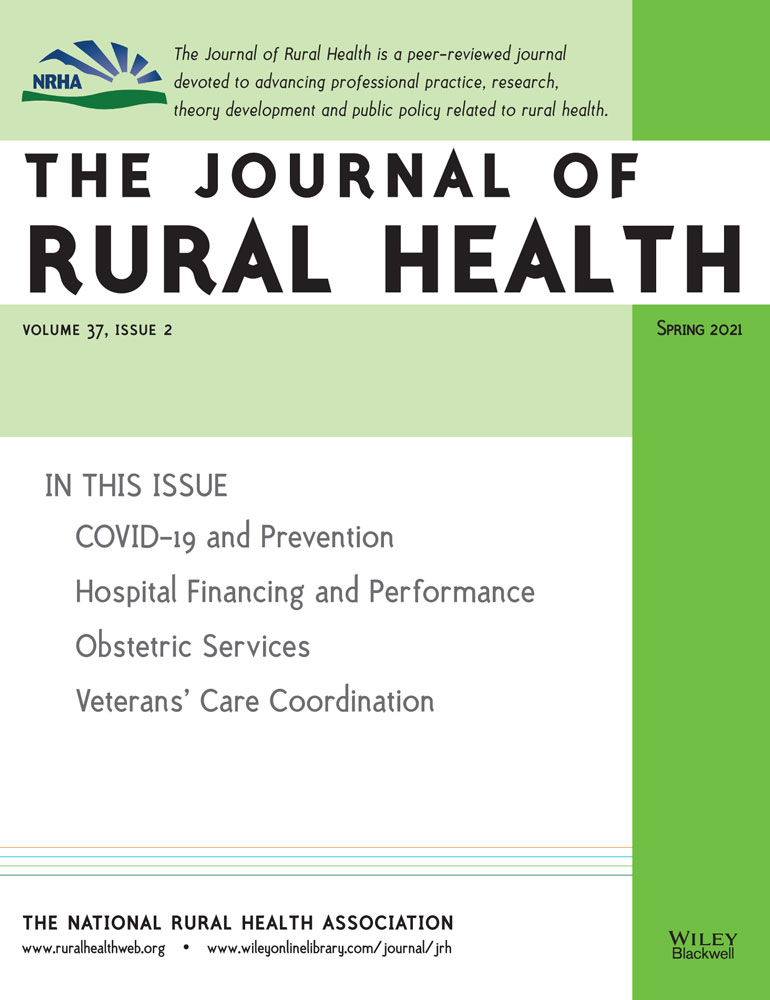Obstetrical Care in Rural Minnesota: Family Physician Perspectives on Factors Affecting the Ability to Provide Prenatal, Labor, and Delivery Care
Funding: Each medical student author received a University of Minnesota Medical School Duluth campus supported Dean's Grant for Medical Student Summer Research for $3000. No further funding sources to report.
Acknowledgments: A sincere thanks to Dr. James Boulger, PhD, for help in providing contact information for potential survey participants through the University of Minnesota Medical School Duluth campus preceptorship and alumni databases, as well as Lynsie Radovich, PhD, for assistance in the IRB exemption process.
We would also like to acknowledge that the term “women” is used throughout this manuscript; however, this term may not fully represent nonbinary individuals that are biologically able to conceive.
Abstract
Purpose
With decreasing access to rural obstetrical care, this study aimed to identify factors that contribute to the ability of Minnesota's rural communities to continue to offer obstetrical services locally. The study also sought to characterize attributes that differentiate rural communities that continue to offer obstetrical care from those that do not.
Methods
Family medicine physicians practicing in communities of fewer than 20,000 people were interviewed through a phone survey that included multiple choice and open-ended questions. Quantitative and qualitative analyses were performed on data collected from the responses.
Findings
Within the Minnesota communities represented (N = 25), prenatal care was provided broadly, regardless of whether labor and delivery services were available. For the communities providing local labor and delivery (N = 17), several factors seemed to be key to sustaining these services: having a sufficient cohort of delivering providers, having surgical backup, having accessible confident nurses and nurse anesthetists, sustaining a sufficient annual birth volume at the hospital, and having organizational and administrative support. In addition, supporting anesthesia and analgesic services, access to specialist consultation, having resources for managing and referring both newborn and maternal complications, and sustaining proper equipment were also requisite.
Conclusions
Rural Minnesota family medicine physicians practicing in communities providing local labor and delivery care emphasized several essential components for sustainable provision of these services. With awareness of these essential components, rural health care providers, administrators, and policy makers can focus resources and initiatives on efforts that are most likely to support a sustainable and coordinated rural labor and delivery program.




